Angling collection
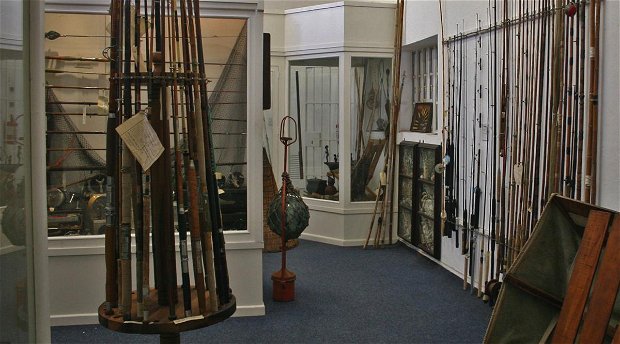
Visit Africa’s first (and only) angling museum!
“You must not be greedy in your catch, so as to take too many fish at one time... which will cause you to destroy your own sport and that of other men, as well. And when you have caught a sufficient number of fish, you must covet no more for the time being. Also you must busy yourself in furthering the sport in every way that you can, and to destroy untying that tends to lower its morale” Dame Juliana Berners in the first book in English on angling: ‘A Treatise on Fishing with a Hook’
Displays
The Knysna Museum’s Angling Museum includes displays of traditional fishing gear, and of modern fishing equipment - rods, reels, hooks, lures, flies, gaffs, fishing tackle, spearfishing equipment, etc.
It aims to inform visitors about the history of fishing and angling, and sensitise us all to the need to protect our natural environment.
The story of the Angling Museum
Knysna’s Angling Museum is the result of a remarkable collaboration between the people of Knysna, and the then JLB Smith Institute of Ichthyology (now the South African Institute for Aquatic Biodiversity) in Grahamstown.
The Director of the JLB Smith Institute, Professor Mike Bruton, first put the idea of an angling museum to the Director of Publicity in Knysna, Anet Pienaar, in 1991.
Prof. Bruton - who has had a lifelong interest in indigenous knowledge systems, and had studied zoology and social anthropology at Rhodes University - explained that, “We chose Knysna as the venue for the Museum as angling is an important pastime here, and because of the historic connection between the Institute and Knysna. The founder of the Institute, Professor JLB Smith, was a well-known angler in Knysna and identified the first coelacanth from here in 1939. We also found the people of Knysna to be extremely supportive of our venture.”
The call to donate fishing equipment and artefacts went out to enthusiasts around the country and around the world - and they responded enthusiastically. By the time that Cape Nature Conservation and Museums’ Director of Museums, BC Wilmot, officially opened the Knysna Angling Museum on 14 July, 1994, the organisers had collected more than R300,000 in donations, and more then 2,000 items for display.
In introducing the Knysna Angling Museum, Prof. Bruton wrote: “The JLB Smith Institute is one of the leading institutes for the study of fishes in Africa. The Institute was established in Grahamstown in 1946, initially as a research department of Rhodes University, and more recently (1980) as one of South Africa’s national museums. The mission of the institute is to ‘contribute to the knowledge and understanding of fishes, and to promote the conservation and wise use of the aquatic environment.’ In order to carry out this mission, the Institute performs three main functions: research, curation, and education. The establishment of an Angling Museum in Knysna has allowed the Institute to extend its functions into the Southern Cape and to provide its services to a wider community of people.
“The aim of the Angling Museum is to ‘trace the history of angling and cause people to reflect on their relationship with fishes and the aquatic environment.’ We have interpreted the theme of angling badly to include traditional fishing methods as well as spearfishing and hook and line angling...
“Angling is one of the most popular sports in the world. It has brought pleasure, peace of mind, and rewards to people from prehistoric times to the present day. Angling is the one form of hunting - of testing your skill against other animals - that is still available to the average person, and provides an equal thrill to the bent-pin novice as to the expert professional.
“‘To angle’ may be defined in two ways: ‘to catch a fish on a hook and line’ or ’to achieve an objective deviously,’ We celebrate the colourful traditions and supreme innovations of angling in this Museum, but also caution against irrational and unsustainable angling practices.
“It is our joint responsibility, as anglers and scientists, to conserve fishes in their watery environment so as to ensure that the challenges and rewards of angling will be available to future generations.”
- Mike Bruton is the author of Traditional fishing methods of Africa
Visit the South African Institute for Aquatic Biodiversity: SAIAB

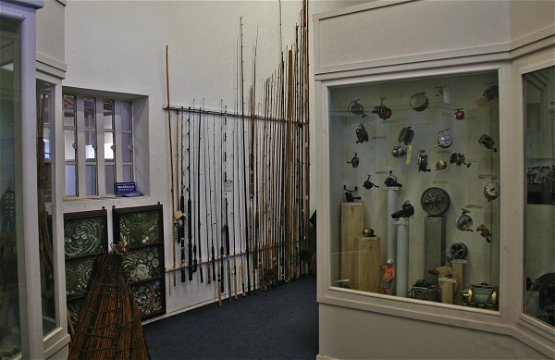

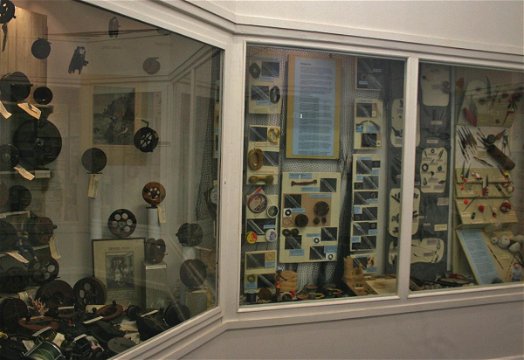

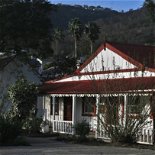


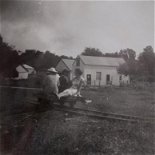


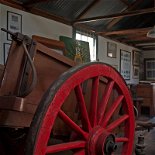
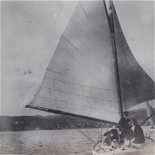


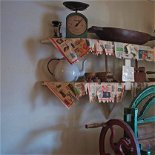
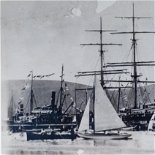
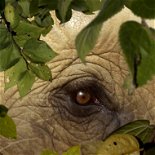
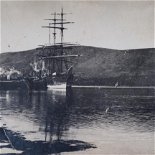


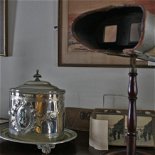
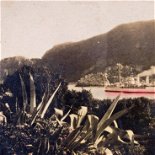
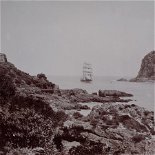
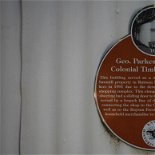
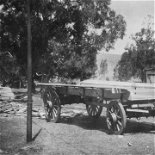
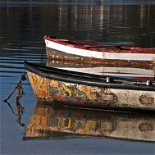

Share This Page